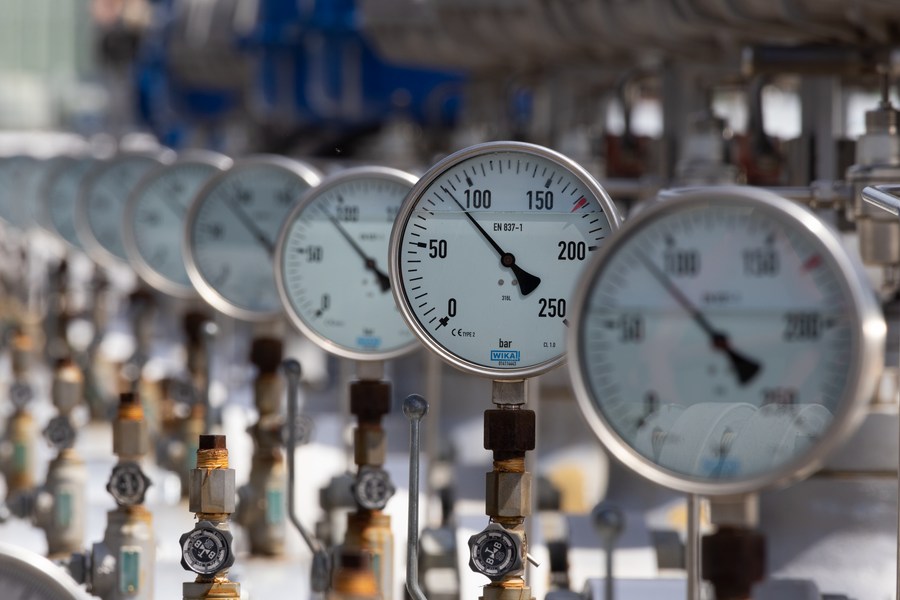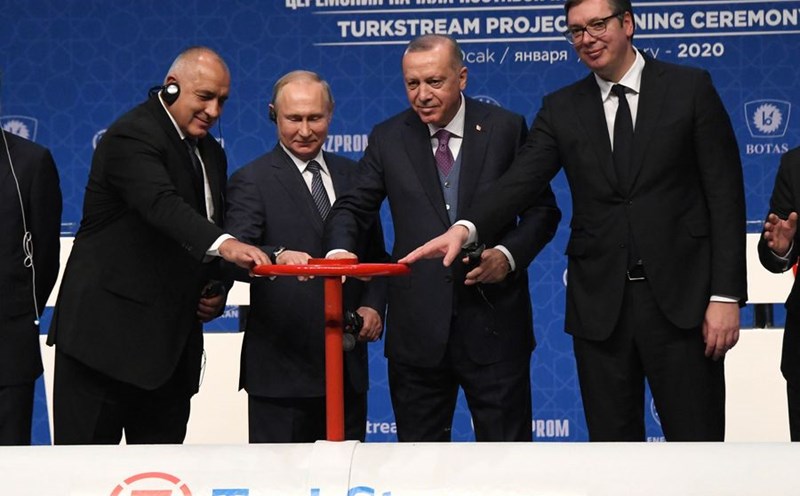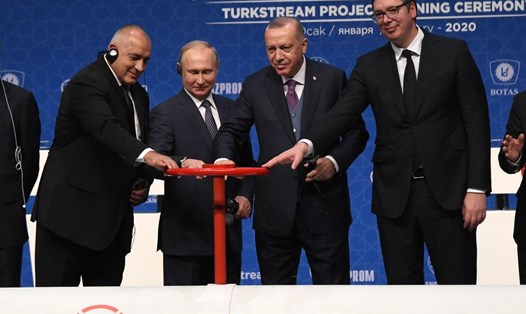The draft of the US-psored Ukrainian mineral agreement requires the US government's International Development Finance Company to take control of Russia's Gazprom gas pipeline through Ukraine to Europe.
A source familiar with the matter told Reuters that US and Ukrainian officials submitted the draft proposal in Washington on April 11. The prospect of a breakthrough in the Ukrainian mineral deal is very low due to the atmosphere of the meeting.
"The negotiation environment is very confrontational," the source said, pointing to the "mentarization" draft released by the US administration in March.
A US Treasury spokesperson confirmed the discussions, stressing that these were "technical" discussions.
Reuters said that the Ukrainian government has hired law firm Hogan lovells as an outside advisor on the mineral deal with the US. Ukrainian Prime Minister Denis Shmyhal and Finance Minister Sergey Marchenko will be in Washington for another two weeks to attend meetings of the International Monetary Fund and the World Bank, including a meeting of ministers focusing on the issue of Ukraine on April 25.
The previous mineral deal was broken up by a dispute between Ukrainian President Volodymyr Zelensky and US President Donald Trump at the White House on February 28.
On March 27, Kiev announced that it had received a revised agreement, which included many tougher terms with Ukraine than in the previous agreement.
The latest proposal requires all of Ukraine's revenue from natural resources to repay the approximately $120 billion in aid that Washington has provided to Kiev. The US will control an investment fund to support Ukraine's economic recovery under the proposal.
Russian gas is transported via the Urengoy - Pomary - Uzhgorod pipeline during the Soviet era from Siberia to Sudzha, a city in Russia's Kursk region. From there, Russian gas is transported through Ukraine to Slovakia, then divided into many branches to supply the Czech Republic and Austria.
All Russian gas transit through Ukraine has been halted until 2025 when the transit deal expires.

Regarding the US's interest in Ukraine's gas infrastructure, Reuters pointed out that Ukraine has recently agreed a second agreement to buy US liquefied natural gas (LNG) and Kiev intends to expand LNG purchases.
Ukraine cannot import LNG directly from the US because it does not have a re- uponamentation facility in the Black Sea. Ukrainian gas imports from the US can now be transported via pipeline from re- upon gas facilities in Poland, Germany, or Greece.
The US needs to boost LNG exports to Europe. Meanwhile, Ukraine has the largest underground gas storage in Europe and the third largest in the world, capable of containing more than 30 billion cubic meters of gas.
Ukraine's storage system is well connected to the European gas network, providing traders with space to store excess gas in the summer.
Gas pipelines through Ukraine can pump more than 60 billion cubic meters per year, equivalent to about 13% of Europe's gas demand.
This pipeline system can provide products to buyers in Hungary, Slovakia, Poland and Romania as well as to customers further away such as Austria, Italy, Germany, France and Greece.
That means if the US controls the gas pipeline system in Ukraine, US LNG could be delivered to European countries through a network previously used by Russia to supply the EU market.











